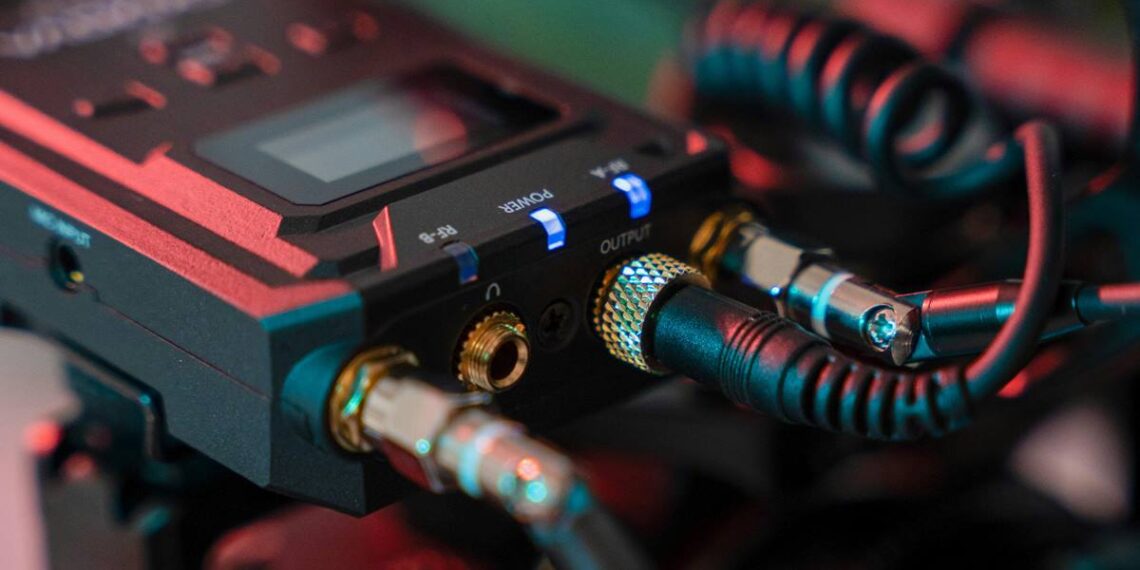Data connects our world, making it crucial for companies and homes. Many different Ethernet connections are utilized to provide this efficient and dependable data transmission.
Here, we will go over the key differences and characteristics of CAT5E, CAT6, CAT7, and CAT8 cables in depth! Let’s get in!
CAT5E
CAT5e is a better version of CAT5 cables. The “e” means enhanced. While both can send data across networks and resist interference, CAT5e has improvements for better communication. It handles things like crosstalk and interference better than CAT5.
CAT5e cables have a max frequency of 100MHz. They’re used for phones and video signals. CAT5e can send 100 Mbps Ethernet up to 100 meters. It’s the cheapest modern cable, but as Cat6 gets cheaper, choosing Cat5e might not be worth it because it’s slower.
CAT6
The sixth generation of Ethernet cable, or CAT6 cabling, is the “typical” cabling standard now in use in contemporary office buildings and residential and business networks.
Cat6 standards may be seamlessly integrated with earlier versions of CAT5e and CAT5. These cables can support data speeds above 1 gigabit per second.
A maximum of 55 meters is the maximum distance that CAT6 cables may support 10 Gigabit Ethernet connections.
CAT6 provides a frequency of 250MHz. The primary difference between CAT6 and CAT5e is transmission performance. CAT6 features a thicker gauge and a tighter twist, which minimizes interference. Additionally, the Megacable speed test can verify the efficiency of these CAT6 cables.
CAT7
Category 7 cabling is the most advanced and fastest form of Cat5e or Cat6 cable. It uses a private connection of RJ45 connectors. Without formal IEEE or EIA standardization, any “Category 7” cabling you buy will vary from manufacturer to manufacturer.
CAT8
Category 8, or Cat8, is the new version after Cat6A cables. Official standards recognize it and follow set rules across different brands. Cat8 is great for fast data transfer over short distances: up to 40 Gbps for 78 feet and 25 Gbps for 100 feet.
Beyond 100 feet up to 328 feet, Cat8 gives the same speed as Cat6A, which is 10Gbps. When you test your internet speed, Cat8 provides optimal performance.optimal performance for your network needs.
Which Ethernet Cable Should You Choose?
When choosing an Ethernet cable, first consider what the cable will be used for. For devices like wireless access points serving many devices, Cat6A is better than Cat6 or Cat5e because it offers faster speeds. For individual devices like workstations, Cat6 cables are enough since each device gets its own cable.
Match the cable speed to your equipment. If your devices support high speeds, like more than a gigabit, using CAT5e won’t maximize your network.
CAT6 and CAT6A are better choices. Consider your internet usage too.
Activities like streaming movies need fast connections.
[Featured Image Photo by Assedrani Official]






